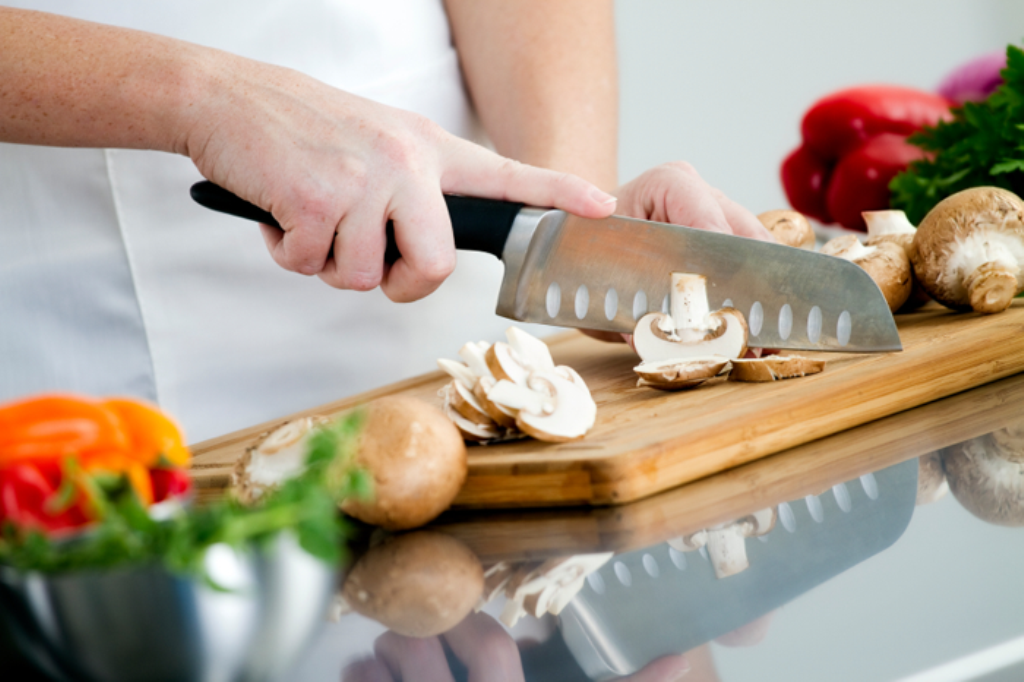Cutting boards are essential tools in any kitchen, especially for professionals. A plastic cutting board provides durability and ease of cleaning, making them a popular choice. However, knowing how to cut plastic cutting board properly can enhance its utility in your culinary adventures. This article is tailored for kitchen professionals eager to refine their skills and make the most out of their cutting boards.

Understanding Plastic Cutting Boards
Before delving into the intricate details of cutting plastic boards, it is vital to know what sets them apart. Unlike wooden boards, plastic boards are often lighter and less porous. They are less likely to absorb odors and stains, making them a sanitary choice for food preparation. However, their surface can become scarred over time, which may harbor bacteria if not maintained properly.
As kitchen professionals, understanding these nuances will not only help you in your daily operations but also prolong the lifespan of your cutting tools. For more insight into maintaining and caring for your cutting boards, you can visit this useful link on cleaning cutting boards.
Essential Tools for Cutting Plastic Cutting Boards
To efficiently cut a plastic cutting board, you will need a few essential tools:
- Sharp knife: Make sure to use a sharp knife to ensure a clean cut.
- Cutting mat: If you are cutting smaller pieces, a cutting mat can provide stability.
- Marker: Permanent markers can be used to mark your cutting lines if needed.
- Ruler: For accurate measurements, a ruler is a must.
Preparation Steps
Before you embark on cutting, ensure you have a clean work environment. Here are the preparatory steps:
- Wash your plastic cutting board with warm soapy water. This ensures cleanliness and prevents contamination.
- Dry your board thoroughly to avoid slipping during the cutting process.
Step-by-Step Guide on How to Cut Plastic Cutting Boards
Now that you have your tools ready, lets jump into how to cut plastic cutting board:
Step 1: Measure and Mark
Start by deciding the size of the cut you wish to make. Use a ruler to measure the desired dimensions, then mark the cutting line using a permanent marker.
Step 2: Secure the Board
For the safest cutting experience, ensure that your plastic cutting board is secured in place, preventing it from slipping while cutting.
Step 3: Cut the Board
Using your sharp knife, start cutting along the marked line. Keep the blade at a 90-degree angle to maintain a straight cut. Avoid using excessive force; let the knife do the work.
Step 4: Finishing Touches
Once youve made the cut, smooth any rough edges using sandpaper if required. This step is particularly useful if the board will continue to be used for various food preparation tasks.
The Importance of Cutting Techniques
Learning how to cut plastic cutting boards properly is not just about getting the job done; it impacts the precision and efficiency of your kitchen work. Proper cutting techniques can assist in:
- Reducing the risk of injury.
- Improving the aesthetics of your food presentation.
- Ensuring thorough and safer food preparation.
Maintaining Your Plastic Cutting Board
After cutting, it is crucial to maintain your plastic cutting board. Regular cleanings, such as:
- Washing with hot, soapy water.
- Using a diluted bleach solution for deep cleaning every few weeks.
- Replacing the board once it becomes excessively scratched or worn.

FAQs
1. Can I cut other materials on a plastic cutting board?
Yes, plastic cutting boards are versatile and can handle various food types, including meat and vegetables.
2. How often should I replace my plastic cutting board?
A plastic cutting board should be replaced every couple of years or when it shows significant wear and tear.
3. Is it safe to cut raw meat on a plastic cutting board?
Yes, as long as the board is cleaned and sanitized afterward, it is safe to cut raw meat on a plastic board.
For additional information on the care of cutting boards, you might find this article on cutting board care helpful.
As an Amazon Associate, I earn from qualifying purchases.


























